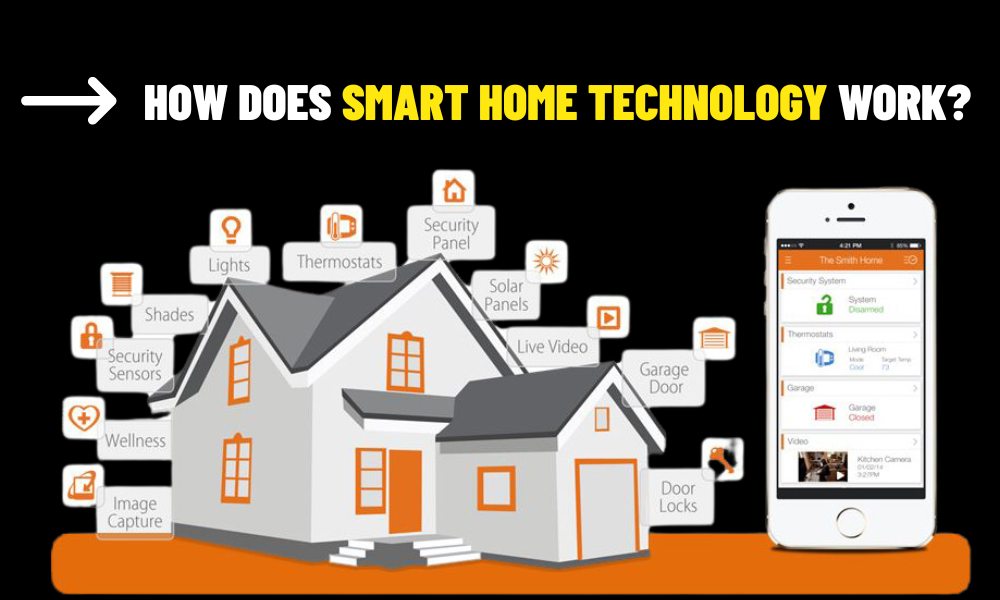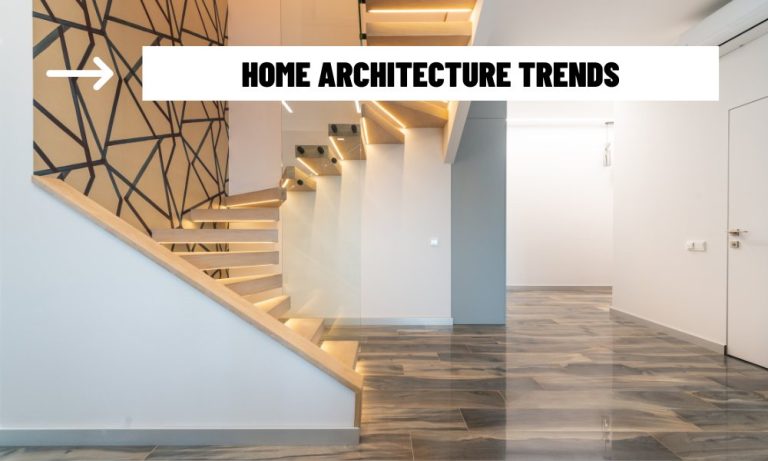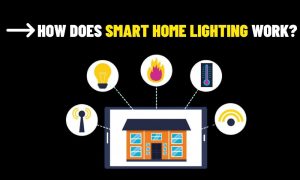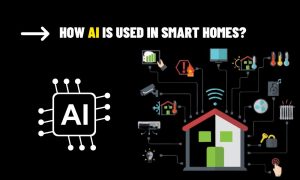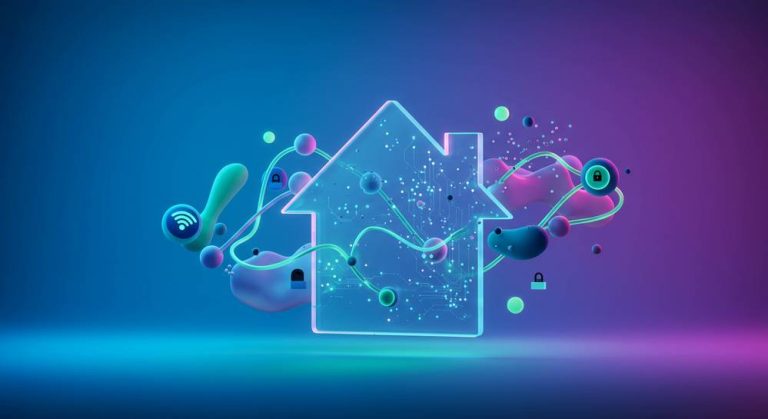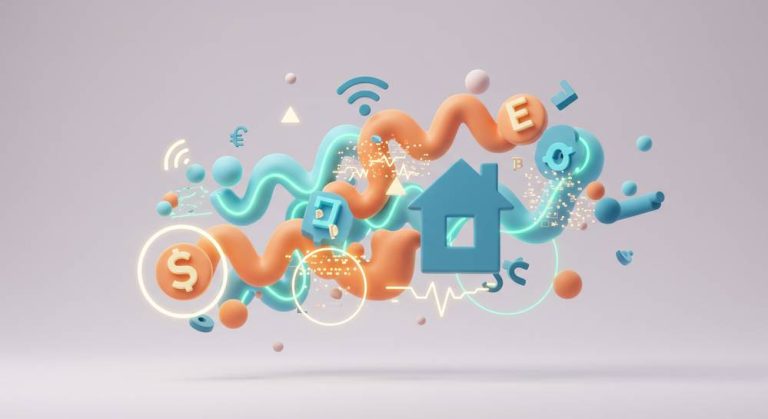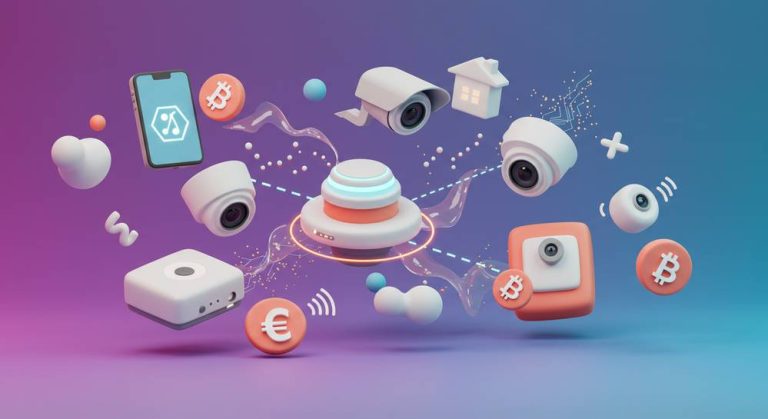In recent years, smart home technology has transitioned from futuristic concept to everyday reality. It promises comfort, convenience, security, and even energy savings—all controlled through a smartphone, voice command, or automated routine. But for all its ease of use, the underlying systems are complex. So, how does smart home technology work, and what enables these devices to function together so seamlessly?
To understand this, we must look at the interaction between devices, the communication protocols they use, and the automation engines that bring intelligence into our homes.
The Building Blocks of Smart Homes
At the heart of smart home technology are connected devices—light bulbs, thermostats, cameras, sensors, speakers, and appliances—that can be remotely accessed and controlled. What differentiates these devices from their traditional counterparts is not just connectivity, but their ability to interact with each other in a meaningful, automated way.
These devices are typically embedded with sensors, microcontrollers, and wireless modules that allow them to gather information (such as motion, temperature, humidity, or occupancy) and transmit it to other components of the smart home system.
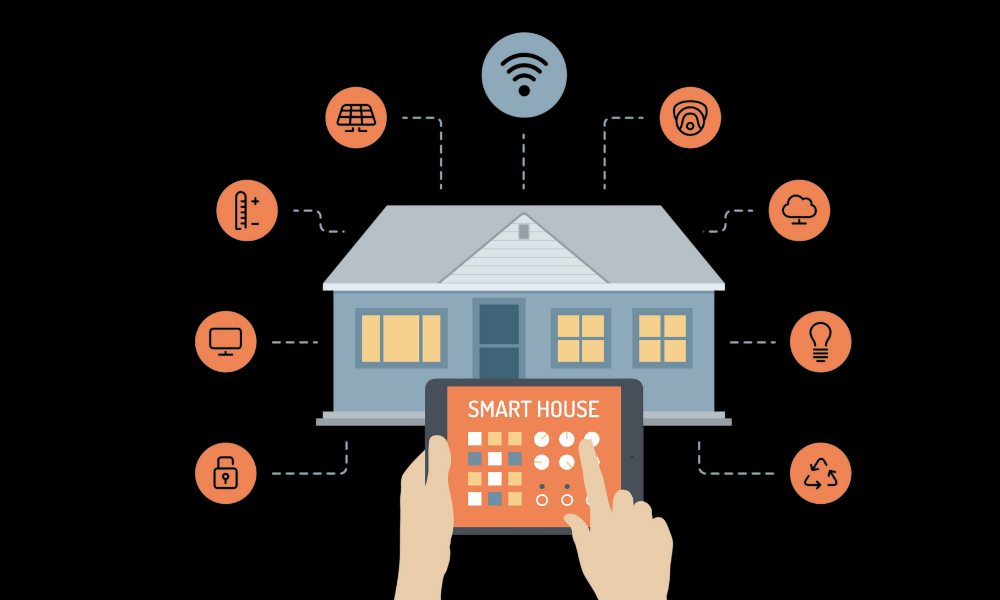
Wireless Communication and Protocols
To function as part of a smart ecosystem, devices need a common method of communication. Smart home technology relies heavily on wireless protocols to allow devices to “talk” to one another and to the user. Wi-Fi is the most common method, offering high-speed communication with direct internet access. However, low-power alternatives like Zigbee, Z-Wave, Thread, and Bluetooth are also widely used for devices that don’t require high bandwidth, such as sensors and switches.
Each of these protocols has advantages. Zigbee and Thread, for instance, use mesh networking—meaning devices relay signals to each other to extend range and reliability. This becomes crucial in larger homes, where one central hub may not reach every corner.
Some systems are unified through hubs—centralized controllers that manage communication across protocols—while newer platforms are moving toward hubless designs using cloud connectivity or smartphone integration.
Automation and Intelligence
While connectivity is essential, the real value of smart home technology comes from automation. This is where sensors and actuators work in coordination to perform tasks without human input. For example, a smart thermostat might adjust the temperature based on your presence, outdoor conditions, or even your sleep schedule.
These automations are made possible through software platforms—like Apple HomeKit, Google Home, Amazon Alexa, or Samsung SmartThings—that provide the logic layer. Users can create rules such as, “If it’s 7 PM and I’m home, turn on the living room lights and lower the blinds.” Many systems also include AI-powered features that learn behavior over time, enabling predictive automation.
The automation engine handles the decision-making, processing real-time data and sending instructions to the appropriate devices. Some of this processing is done locally, while some may occur in the cloud. Hybrid models, where both cloud and local computation are used, are becoming increasingly popular for both speed and reliability.
User Interfaces and Control
One of the most visible aspects of smart home technology is how users interact with it. Voice control, via assistants like Siri or Alexa, has become a popular interface, offering hands-free access to everything from lights to locks. Mobile apps also offer detailed control, with dashboards to monitor energy usage, change settings, or receive notifications.
More advanced systems integrate geolocation, allowing your home to respond when you arrive or leave. Some even use machine learning to adjust settings based on routine behavior, minimizing the need for manual input over time.
Security and Privacy Considerations
With increased connectivity comes increased responsibility. Smart home systems must be secured to prevent unauthorized access. Most modern devices use encrypted communication and authentication standards to protect data and device integrity. Users are also encouraged to manage permissions, secure Wi-Fi networks, and regularly update firmware.
So, how does smart home technology work? It combines intelligent hardware, secure wireless communication, and responsive software to automate and enhance the way we live. While the systems themselves are complex, the goal is clear: to create homes that are not only more efficient and comfortable, but also more adaptive to our daily lives. As interoperability standards like Matter become more widely adopted, smart homes will be more intuitive and accessible than ever before.
